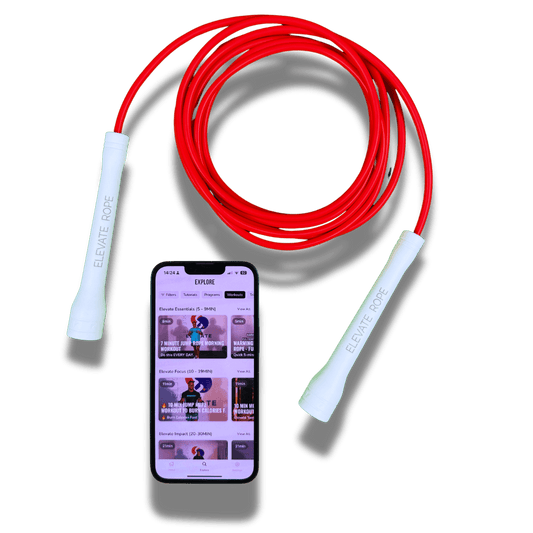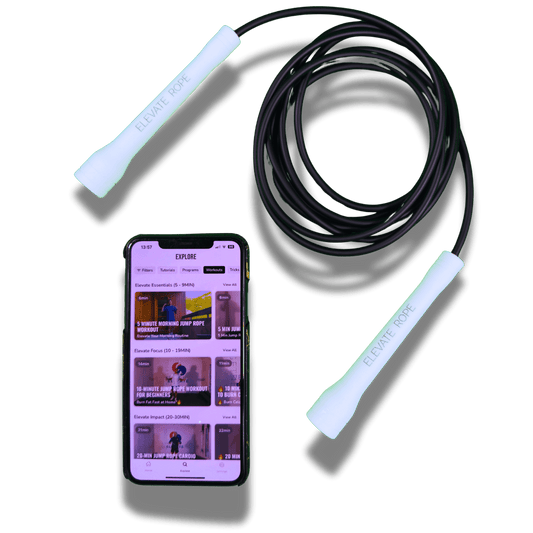How Fitness Apps Are Targeted by Cyber Threats—and How to Stay Safe fitness app cybersecurity.

Fitness applications have become an essential aspect of modern physical exercises due to the convenience and motivation they provide. These fitness apps enable individuals to take various measures such as checking their heart rate and setting personal exercise objectives among others to keep fit. Nevertheless, like any other digital tools, they pose risks such as being prone to cyber-attacks. Fitness app cybersecurity has therefore become a vital concern for users who rely on technology to stay healthy and active.
Why Are Fitness Apps a Target?
Understanding FAC starts with recognizing why hackers are drawn to these platforms. Fitness applications gather and keep a lot of private data, including a user’s name, email, health records, GPS location, and payment information for subscriptions. Identity thieves and phishers consider such information to be very valuable in carrying out their operations; it could also serve as a tool for blackmail.
Moreover, most fitness apps can easily connect with smartwatches, phones, and other gadgets or even some cloud services, therefore posing several risk points. For example, if someone gains access to your apps or devices, they might retrieve sensitive details or even view information like your browsing history. Checking trusted sources such as Moonlock can help you safeguard your privacy and improve FAC awareness. In case they do not have strong security, such applications could enable hackers to get into larger systems, some of which may contain your personal information or financial data.
Common Cyber Threats Facing Fitness Apps
One of the biggest FAC challenges is data breaches. Poorly secured applications are targeted by hackers who steal a lot of data from users. The information is then traded on the dark web or used for fraud once it’s obtained.
Phishing scams are another growing FAC threat. If you receive false notifications or emails that appear to come from your fitness app, you might end up giving out your login details or installing harmful programs.
Location tracking risks also play a major role in FAC concerns. GPS is a common feature in most fitness apps which helps in monitoring your runs or walks. In case of a breach, this data could be misused by a malicious person to follow your steps with the possibility of determining the time of your absence from home.
Malware infections remain another FAC issue to watch out for. To compromise the security of your device, you should avoid downloading unofficial or third-party versions of popular applications as they may contain malware that would infect your device.
Weak authentication practices make fitness app cybersecurity more vulnerable. Hackers find it easy to access accounts on applications that do not require two-factor authentication or those that allow weak passwords.
How to Stay Safe While Using Fitness Apps
Despite the risks involved, there are various measures that one could take to remain safe while using fitness applications. To fully benefit from technology without endangering yourself, follow these FAC tips:
Research Before You Download
Before downloading a fitness application, it is important to know that they are not all the same. Check reviews, reputation, and history of the developers. It would be unwise to download apps whose creators are unidentified or have known security lapses.
Check Privacy Policies Review privacy policy sections carefully. Understanding what data is collected, how it’s used, and whether it’s shared with third parties is a crucial part of fitness app cybersecurity awareness.
Enable Strong Passwords and Two-Factor Authentication
For added security, use strong and distinct passwords coupled with two-factor authentication. This simple step greatly enhances your FAC and prevents unauthorized access.
Limit Permissions Grant the app only the permissions that are necessary for its operation. For instance, turn off location tracking when an application does not require GPS data — a small but vital fitness app cybersecurity practice.
Keep Software Updated
Make sure you update the operating systems of your fitness app and device. Updates normally contain security patches for fixing vulnerabilities and are one of the most effective FAC habits.
Avoid Public Wi-Fi
Your data may be intercepted when you use fitness apps on public Wi-Fi networks. In case you must connect, ensure that you encrypt the data using a VPN (Virtual Private Network). This is a fundamental FAC step.
Be Wary of Third-Party Integrations
Many applications have cross-platform or cross-service capabilities. Be cautious about connecting different profiles, especially if you are not certain of their safety. Responsible integration strengthens overall fitness app cybersecurity.
Monitor Your Accounts
Regularly monitor for abnormal activities on the accounts associated with fitness apps, such as unauthorized charges or logins. Proactive monitoring supports long-term FAC.
What Developers Can Do to Protect Users
Users are not the only ones who should be held accountable for cyber security; developers also play a key role in improving FAC. End-to-end encryption, regular security audits, and adherence to privacy regulations such as the GDPR should be integrated by fitness app programmers.
Developers who educate users about risks and best practices can make the digital fitness experience safer for everyone. Collaboration between users and creators ensures a stronger fitness app cybersecurity ecosystem.
The Bottom Line
Despite being great at enhancing one’s health and keeping track of progress, fitness apps are now highly targeted by cybercriminals due to their increased demand. Nonetheless, by practicing good fitness app cybersecurity, you can enjoy the benefits of these tools without putting your privacy at risk.
Whether you turn on two-factor authentication, check permissions, or keep your apps up to date, taking these simple steps helps you stay safe while staying in shape. Protect your progress — and your data — with smarter FAC habits.
Enjoy this Article? You May Also Like:
- How Regular Exercise Can Help Improve Injury Recovery After Accidents
- Tips for Working Out While Recovering from Opioid Addiction
- Taking Care of Yourself During Vacation: Tips for Keeping Checks with Workouts and Diet During the Holidays
- Medical Misdiagnosis: The Role of Second Opinions in Preventing Medical Misdiagnosis
- Creating a Balanced Fitness Routine: Cardio, Strength, and Holistic Practices














